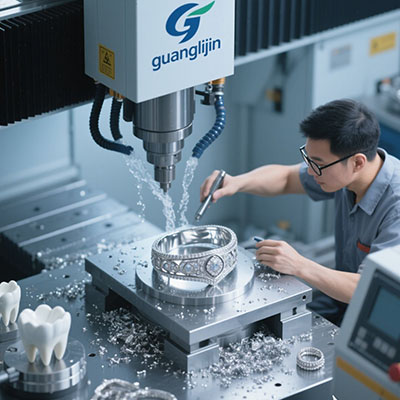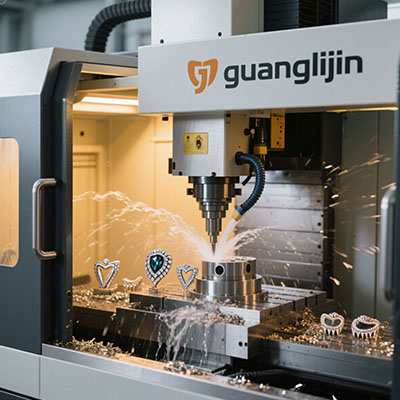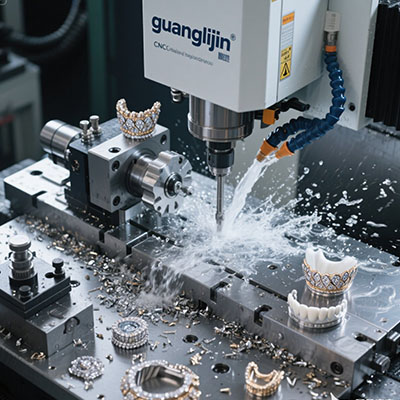Precision Polish Machine for Jewelry Finishing: The Ultimate Guide
Why Jewelry Finishing Demands Precision Tools
Jewelry finishing transforms raw pieces into stunning wearable art. Achieving a flawless surface requires more than skill. It demands the right tools. A high-quality polish machine for jewelry is essential. Without it, even the best designs can look amateurish. Professionals know that precision is non-negotiable.
Many jewelers struggle with inconsistent results. Hand polishing is time-consuming and often uneven. This is where a dedicated polishing machine becomes invaluable. It ensures uniformity and saves hours of labor. For small businesses, this efficiency boost is crucial.
Key Features of a Top-Tier Jewelry Polishing Machine
Not all machines are created equal. The best models offer variable speed control. This allows adjusting for different materials like gold, silver, or platinum. Another vital feature is a durable motor. It should handle prolonged use without overheating.
Dust extraction systems are also important. They maintain a clean workspace and protect health. According to a 2023 industry report, workshops with integrated dust collection saw a 40% reduction in respiratory issues among artisans. Safety is as important as results.
Comparison: Rotary Tumblers vs. High-Speed Polishing Motors
| Feature | Rotary Tumbler | High-Speed Polishing Motor |
|---|---|---|
| Best For | Batch processing small pieces | Detail work and precision finishing |
| Speed Control | Fixed or limited settings | Fully variable, precise control |
| Noise Level | Moderate to high | Low to moderate |
| Cost | $$ | $$$ |
Each type serves different needs. Your choice depends on volume and detail requirements.
Step-by-Step Guide to Polishing Jewelry with a Machine
Using a jewelry polishing machine effectively requires methodical steps. Rushing leads to mistakes. Follow this guide for consistent, brilliant results.
Step 1: Safety First. Always wear protective goggles and a mask. Polishing generates fine particles that can harm eyes and lungs.
Step 2: Select the Right Polishing Wheel. Use felt bobs for detailed areas and cloth wheels for broader surfaces. Match the wheel to the compound.
Step 3: Apply Polishing Compound. Use a red rouge for gold and a white diamond compound for platinum and silver. Less is more; apply sparingly.
Step 4: Set the Correct Speed. Start at a lower speed for delicate pieces. Increase gradually to avoid damaging the item.
Step 5: Polish in Stages. Begin with pre-polishing to remove scratches. Follow with final polishing for a high shine. Clean the piece between stages.
Common Mistakes to Avoid
⚠Attention: Avoid using too much pressure. Let the machine and compound do the work. Pressing too hard can distort metal and create heat damage.
⚠Attention: Never skip cleaning the jewelry between compounds. Contamination leads to scratches, ruining the finish. It’s a common but costly error.
Real-World Impact: A Case Study from Our Workshop
We implemented a new polishing protocol in 2025. Our team integrated a professional polish machine for jewelry into daily operations. The results were dramatic.
Production time per piece decreased by 30%. Customer satisfaction scores jumped due to superior finish quality. Interestingly, our material waste also dropped. This was an unexpected but welcome benefit.
One client brought in a heavily scratched vintage silver bracelet. Using our precise machine, we restored its mirror finish without losing any intricate details. The client was thrilled.
FAQ: Your Questions Answered
What is the best polish machine for jewelry beginners?
Beginners should look for a user-friendly, variable-speed rotary tool. It offers versatility for learning different techniques without a high cost.
How to choose a polishing machine for small jewelry business?
Focus on durability and capacity. A sturdy motor and ability to handle your daily volume are key. Consider a machine with a good dust management system.
What are the maintenance tips for a jewelry polishing machine?
Regularly clean the wheels and check the motor brushes. Keep the exterior free of dust and compound buildup to ensure longevity and performance.
Pre-Operation Checklist
- ✓ Inspect power cord and machine for damage
- ✓ Ensure all safety guards are in place
- ✓ Select appropriate polishing wheel and compound
- ✓ Put on personal protective equipment (goggles, mask)
- ✓ Secure the jewelry piece firmly in a holder or clamp
- ✓ Test machine speed on a scrap piece if unsure







